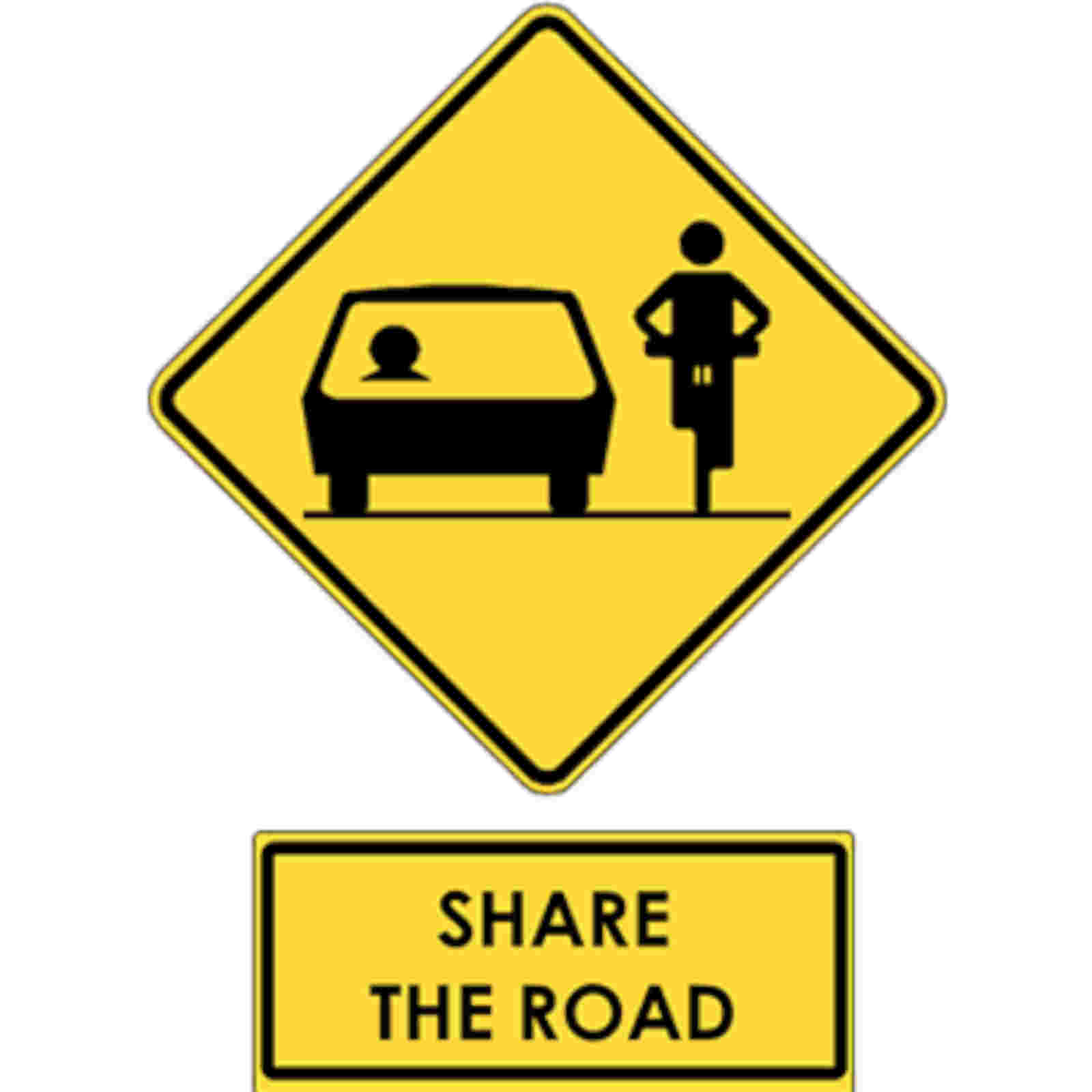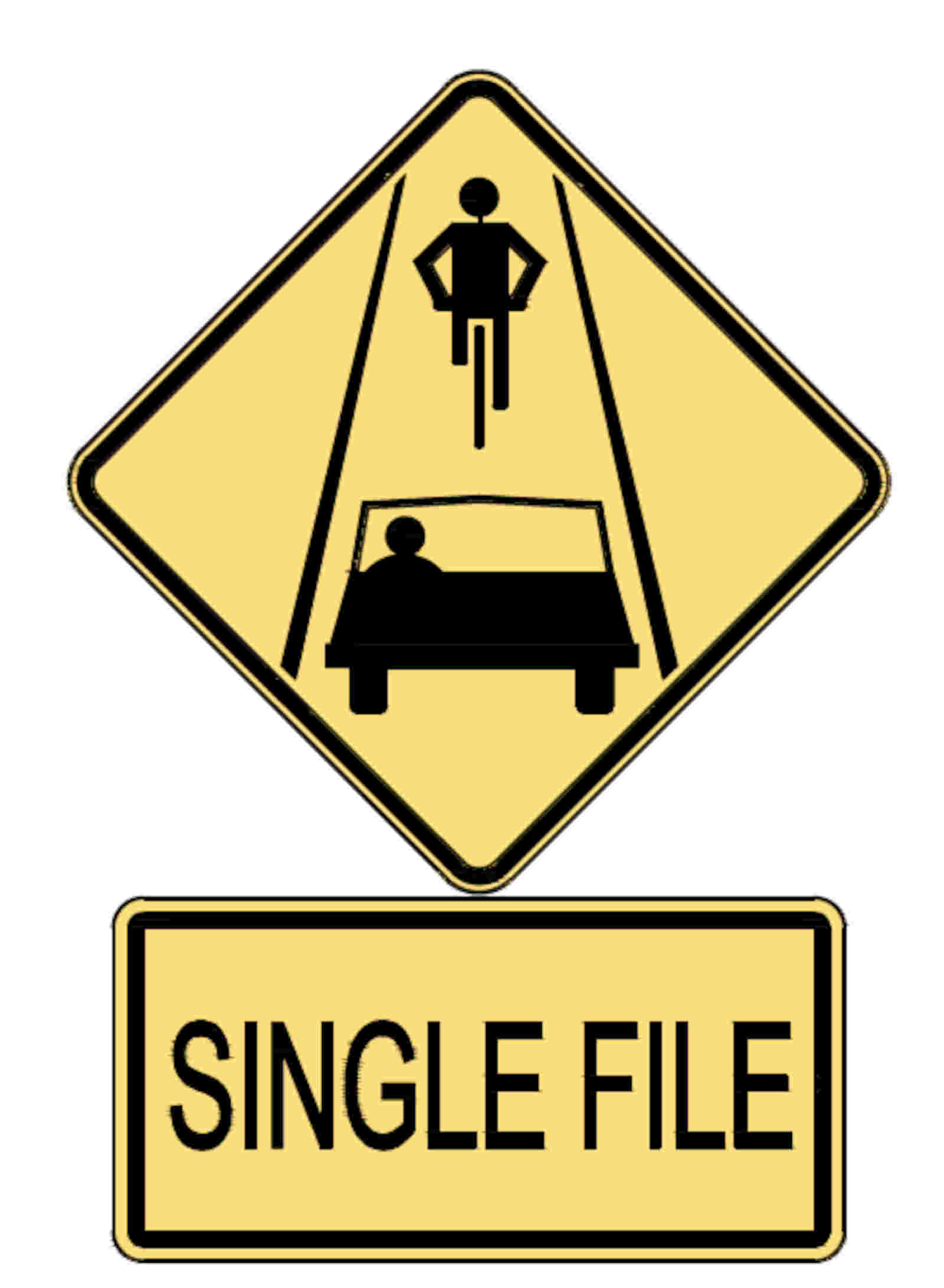Six outdated rules for city cycling that need to be modernized
Times have changed and so should these
 Photo by:
Getty Images
Photo by:
Getty Images
There are more and more people riding in cities across Canada, but some of the rules are the same. Here are six things that can be updated to reflect a more modern view of cycling in urban environments.
1. Outdated speed limits
In many cities, speed limits for cycling are simply too low to be realistic and not based on logic. Whether it’s 20 km/h–or even 10 km/h–that sort of speed means that depending on the terrain, cyclists may need to be pressing their brakes the whole time. Even if the speed limit is 30 km/h as it is in Stanley Park in British Columbia, that’s still pretty slow if someone is riding a modern road bike.
National team cyclist ticketed twice in High Park during snowstorm
“Speed–what speed limits for cyclists tell me most is that there are conflicts with pedestrians, instead of posting arbitrary speed limits we need to reduce conflicts and that means expanding walking, running and cycling infrastructure to ensure space sufficient for exercise or transportation,” David Shellnutt, a.k.a. The Biking Lawyer says. “A speed sign also doesn’t make a ton of sense for the thousands of people who don’t have fancy bike computers to monitor their speed. It’s infrastructure changes and expansion that we need, not arbitrary speed limits.”
2. Riding through pedestrian signals
In some provinces, cyclists are not allowed to ride through the light when the pedestrian signal flashes. Police have even been known to ticket cyclists who do so. In 2018, New York piloted a program allowing cyclists to follow the Pedestrian Head Start Signals, according to Shellnutt. The reasoning provided by the NYC Department of Transportation was that its studies discovered that 65 per cent of cyclist fatalities and 89 per cent of cyclists killed or seriously injured in vehicle crashes were struck at intersections. Quebec, for example, change the rule in 2019, allowing cyclists to cross intersections on the pedestrian walk signal rather than to wait for traffic signals to turn green. “This change was designed with the intent to make cyclists more visible to cars as a way to ensure cyclist safety,” Shellnutt says.
3. Make the Idaho stop legal
The Idaho Stop–which allows cyclists to roll through stop signs, as long as it is safe to do so, is something many cycling advocates push for. Studies have shown that that yielding to managing the intersection by cyclists is often safer than having them stop at the intersection. “The safety research shows that it’s better for them to be aggressive at intersections,” Joe Schwieterman of DePaul’s Chaddick Institute for Metropolitan Development said. “It also helps them to manage them based on their judgement of traffic conditions.” He also said that it would help riders maintain their momentum. It is currently legal in a dozen states in the U.S., but nowhere here in Canada.
4. Update the Highway Traffic Act’s required reflective requirements
Some Highway Traffic Acts have antiquated rules. For example, in Ontario, there is an old-fashioned requirement about reflectors. It states cyclists need to have red reflective material covering a surface of not less than 250 mm in length and 25 mm in width shall be placed on its rear. Which is huge, btw.
Shellnutt said that he and his team even tried to see if it would fit on their bikes once.
“We had some made to test out the sizing and the result was huge strips of reflective tape that do not fit most forks. My kid’s bicycle, no chance,” He says. “My road bike, also unlikely. This was obviously written in a past age by people who did not bicycle regularly. The reflectors in the HTA are examples of its datedness and need for updating to accurately reflect the changing nature of transportation on our roads. The HTA needs to be reassessed with people on bikes in mind.”
5. One ways without contra flow
Many cities in Canada have one way streets that could benefit cyclists if contra flow lanes were created. “As long as cyclists yield appropriately, we should encourage the creation of contraflow lanes, they help take cyclists off busy and dangerous multi lane roads and connect with bike lanes and bikeways,” the lawyer says.
6. Misleading signs in construction zones
This isn’t so much a rule, but something that is ubiquitous in cities where there is heavy construction. Michael Longfield, the executive director of Cycle Toronto, is not a fan of the signage used in areas where there is work going on. Specifically, signs that ask motorists to “share the road” with cyclists.
“The problem with these signs in construction work zones is at best they are redundant, at worst they fail to make any accommodations to prioritize the safety of people on bikes. Of course the default is motorists need to share the road with people on bikes and give them onemetre when passing,” Longfield says. “But there generally is not one metre to facilitate safe passing in construction zones so the sign creates false expectations. Maintaining sidewalks and protected bikeways should always be a priority in construction zones. The “single file” sign with the cyclist ahead creates more realistic expectations for motorists to put vulnerable road users first.”


